Premium Only Content
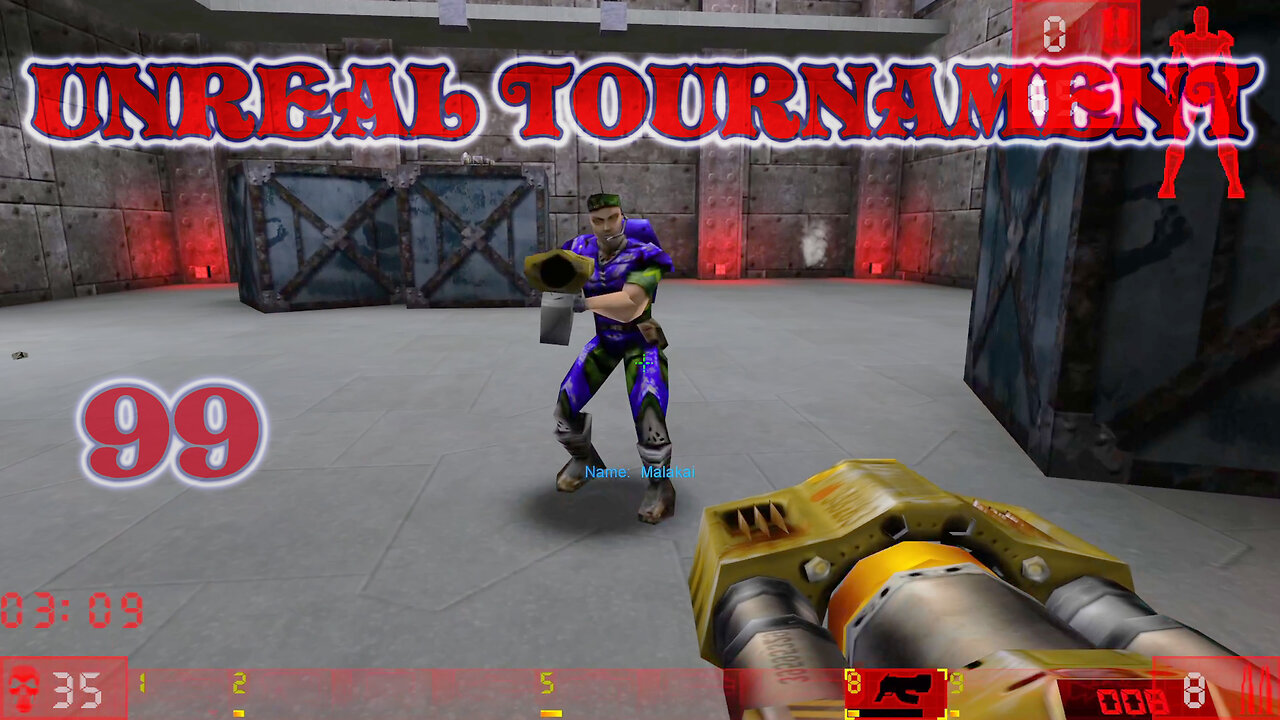
Guardia Assault Mastering Unreal Tournament 99 Windows
Unreal Tournament 99, developed by Epic Games, set the standard for fast-paced, team-oriented multiplayer gaming. For Windows 95 players, few maps are as intense or skill-testing as the Nucleus Capture the Flag (CTF) map. A haven for competitive players, Nucleus CTF combines strategic map navigation, critical flag captures, and fierce power-up battles in a compact arena. This essay delves into essential strategies for dominating Nucleus CTF, including offensive routes, defensive tactics, weapon selections, and coordination tips to maximize your team’s performance on this classic Unreal Tournament battlefield.
Overview of Nucleus CTF Map
The Nucleus map is relatively small compared to other CTF maps, with bases positioned closely enough to encourage constant, high-speed confrontations. The map’s layout is an intricate maze of tight corridors and open, yet hazardous, rooms that demand players constantly stay alert. A critical focal point in Nucleus CTF is the central area, where the map’s most powerful items and weapons spawn. Controlling this area is essential for any team aiming to secure a steady advantage over the competition.
With clear routes between bases and quick access points, Nucleus CTF rewards skilled flag-running and strategic teamwork. The unique design of this map makes it a favorite for Capture the Flag enthusiasts, as it challenges both new players and veterans to test their coordination, speed, and tactical play.
Offensive Strategies: Securing the Flag and Quick Escapes
Offense in Nucleus CTF relies heavily on speed and unpredictability. Here’s how to break through the opposition and secure that all-important flag capture.
Path Diversification: To keep defenders on edge, attackers should avoid using the same route repeatedly. Nucleus CTF offers multiple paths leading to each base; switching between them will force defenders to spread out, creating opportunities for a surprise assault.
Flag Support and Power-Up Synchronization: A lone attacker often falls short in Nucleus CTF. Teams should focus on sending in at least two players at once to boost their flag-grabbing potential. Syncing these attacks with power-ups, especially the shield belt, helps ensure that at least one teammate can reach the enemy flag safely.
Weapon Choices for Attackers: The Rocket Launcher and Flak Cannon are top choices for offensive players. With the Rocket Launcher, attackers can flush out defenders from tight spaces, while the Flak Cannon’s spread damage clears paths for a quick exit. These weapons work well together, creating openings to secure the flag.
Quick Exits and Midfield Coverage: Once the flag is secured, flag runners should have a path memorized that avoids high-traffic areas. Meanwhile, midfield players can assist by intercepting incoming defenders, creating a safe passage for the flag carrier to return to base.
Defensive Tactics: Holding the Line and Protecting the Flag
On Nucleus CTF, a strong defense can make the difference between victory and defeat. With a small map and close base proximity, defenders must stay vigilant and agile to repel enemy attacks effectively.
Choke Point Management: Key choke points near entrances to each base allow defenders to control the pace of incoming attackers. Players stationed at these choke points should use the BioRifle or Shock Rifle to slow down or eliminate attackers before they get too close to the flag.
Shadow Tactics and Ambushes: Given Nucleus CTF’s narrow corridors and corners, defenders can use the map’s layout to their advantage. Positioning themselves in less obvious spots, such as behind entryways or around tight corners, allows defenders to ambush attackers and secure the base from surprise flag snatches.
Essential Weapons for Defense: The BioRifle and Shock Rifle are excellent choices for defenders on Nucleus CTF. The BioRifle’s toxic bursts are highly effective for area control, while the Shock Rifle’s long-range power can stop attackers from a distance. Additionally, defenders can employ the Redeemer strategically, especially if attackers cluster up for a large-scale offensive push.
Map Control: Power-Ups and Center Domination
One of the most critical aspects of Nucleus CTF is controlling the central area where power-ups frequently spawn. Here’s how to master map control and gain a competitive edge.
Dominating the Central Arena: Holding the centre of Nucleus is key, as it provides access to the shield belt, health boosts, and powerful weaponry. Teams should prioritize keeping one or two players stationed here to secure these resources, as doing so keeps attackers strong and defenders resilient.
Time Your Power-Ups: Knowing the spawn times of shield belts and health packs is essential for effective map control. Teams should time their pickups to ensure that power-ups are always used immediately before engaging in key battles or flag pushes, maximizing their impact.
Utilizing the Environment: The central area is often heavily contested, but using the map’s narrow corridors as cover and creating ambush points can turn the tide. Well-timed rocket shots or flak bursts can turn the central zone into a trap, giving teams valuable seconds to regroup or push.
Coordinated Team Play for Success
Unreal Tournament rewards teamwork, and Nucleus CTF is no exception. Here are some crucial tips to improve team coordination and give your side the edge.
Constant Communication: The small, tight layout of Nucleus CTF means that any missed communication could lead to a swift flag capture by the enemy. Constant communication on enemy movements, power-up spawn times, and incoming flag pushes can help players adapt and react accordingly.
Flexible Roles: Teams should keep roles fluid, allowing players to switch between offense and defense as necessary. For example, if defenders manage to repel an attack and push forward, they should assist offense for a full-team assault.
Flag Escorts: Given the close proximity of bases on Nucleus, escorts are crucial to ensuring a safe flag return. Attackers should accompany flag carriers to intercept defenders, especially if the enemy team is in hot pursuit.
Why Nucleus CTF is a Must-Play in Unreal Tournament 99
Nucleus CTF offers a concentrated, intense Capture the Flag experience that emphasizes teamwork, speed, and split-second decision-making. For fans of Unreal Tournament 99, this map challenges players to adapt, strategize, and work as a cohesive unit to secure victory. The fast-paced and high-stakes environment makes Nucleus CTF an unforgettable experience, blending classic mechanics with tactical demands that reward only the most coordinated teams.
Windows 95 players get a double dose of nostalgia and excitement on Nucleus CTF. The map highlights what made Unreal Tournament 99 a landmark game: high-stakes action, brilliant map design, and the intense, skilful multiplayer experience that continues to draw fans back even decades later. Whether you're a defender holding your ground or an attacker plotting the next flag capture, Nucleus CTF provides a thrilling experience with endless strategic possibilities.
For more stunning videos be sure to follow my websites and social media:
In the landmark game Unreal Tournament 99 by Epic Games, few levels offer the intensity and teamwork-driven challenge as the Guardia Assault map. Especially popular among Windows 95 players, this map presents an engaging and immersive experience within the Assault game mode. Guardia Assault demands precise tactics, clear communication, and relentless teamwork to succeed in either attacking or defending objectives. This essay delves into optimal strategies, key map areas, weapon load-outs, and roles that players can leverage to dominate the Guardia Assault map.
Overview of Guardia Assault
The Guardia Assault map is characterized by a heavily fortified base that defenders must hold against the attacking team. The layout features several fortified structures, winding pathways, and a series of chokepoints that attackers must breach to achieve their objectives. For defenders, the goal is to utilize the map’s fortifications and restrict access points, keeping attackers at bay for as long as possible.
The map consists of multiple layers of defense, making it essential for attackers to coordinate their efforts and breach each line systematically. Defenders, on the other hand, need to maintain their positions and use all available resources to delay attackers, with each phase becoming increasingly intense.
Offensive Strategies: Breaching the Defenses
For attackers, success on Guardia Assault requires a blend of strategic positioning, weapon mastery, and timing. Here are key approaches for making your way through the defenses effectively:
Divide and Conquer Approach: With multiple entry points to the objective areas, attackers should avoid funneling in through one route. Dividing into smaller groups and attacking from different sides forces defenders to spread out, creating openings in key areas. This tactic also makes it more difficult for defenders to predict where the main push will occur.
Weapon Choices for Attackers: The Rocket Launcher and Shock Rifle are essential for attackers on Guardia Assault. The Rocket Launcher’s explosive damage can clear defenders hiding near choke points, while the Shock Rifle offers precision for taking out defenders at a distance. Attacking players should also prioritize acquiring the Flak Cannon, especially when fighting in confined spaces, as it can quickly disperse defenders holding tight positions.
Prioritize Power-Ups: Throughout the map, players will find power-ups such as the shield belt and health vials. Utilizing these resources strategically allows attackers to maintain momentum and resist heavy defensive fire. Make sure that power-ups are secured before initiating major assaults, as they can be the difference between breaking through a defense or falling short.
Distraction and Deception: Sometimes, success on Guardia relies on misdirection. Teams should consider using one or two players to feign an attack on one side of the base while the main force breaks through another entry point. This approach can create temporary gaps in defense that attackers can exploit to push forward.
Defensive Tactics: Holding the Line
Defense on Guardia Assault requires sharp reflexes, solid aim, and a strong understanding of choke points and sightlines. Defenders must balance between holding the line and strategically falling back to protect critical areas.
Choke Point Control: The map has several key choke points that defenders can use to slow down attackers. A well-placed BioRifle shot or shock combo at these points can delay attackers, forcing them to regroup and rethink their strategy. Guardia’s narrow corridors make it easy for defenders to establish control if they communicate effectively and stay aware of enemy movement.
Weapon Choices for Defense: For defenders, weapons such as the BioRifle and Minigun are ideal for holding down corridors and providing suppressive fire. The BioRifle’s toxic projectiles can be used to create temporary walls, while the Minigun’s rapid-fire discourages attackers from advancing too quickly. The Shock Rifle also proves effective for defenders, especially when positioned on elevated platforms where they can snipe attackers approaching the base.
Fallback Defense Plan: As attackers make progress, defenders must be ready to fall back to secondary positions. By planning fallback points, defenders can regroup and strengthen key objectives, maintaining a steady defense even as attackers move through initial choke points. Coordinating these retreats prevents attackers from overwhelming the base all at once.
Utilize the Environment: Guardia Assault features several narrow passages and elevated positions that defenders can use to their advantage. Placing traps or ambushes at corners or around blind spots can surprise attackers and turn the tide in defense’s favor. Make sure to use the map’s natural cover and elevated points to monitor enemy movements and relay information to teammates.
Key Objectives and Map Control
Controlling the map is key to both defense and attack on Guardia Assault. Understanding the objectives and how to strategically leverage map control can provide any team with a winning edge.
Objective Coordination: Attackers must complete objectives sequentially to win the round, which means that defenders can anticipate the general area where attackers will focus their efforts. This makes it crucial for attackers to use misdirection and prioritize communication to break through defenses effectively.
Power-Up Management: Both teams should keep track of power-up respawn times. Shield belts, health packs, and damage amplifiers provide temporary advantages that can turn battles in favour of either team. If attackers secure these resources, they gain momentum to break through defensive lines. Defenders, however, should also prioritize power-ups to maintain a strong front line.
Time Management for Attackers: Success on Guardia Assault is not just about breaching defenses but doing so within a limited time. Attackers should always be mindful of the clock, balancing aggressive pushes with measured planning. Wasting too much time on one choke point can result in a loss, so knowing when to press forward and when to regroup is crucial.
Team Communication and Role Adaptability
Teamwork is fundamental to victory on Guardia Assault, whether you’re attacking or defending. Coordinating player roles, maintaining consistent communication, and adapting to the dynamic flow of battle are essential to dominate this map.
Flexible Role Assignment: While each player may have a preferred role, remaining flexible allows teams to adapt to different phases of the battle. For instance, defenders may need to transition from front-line roles to fallback positions, while attackers may need to switch from distraction to assault.
Continuous Communication: Constant updates between teammates help anticipate the enemy’s moves and plan coordinated responses. Callouts for power-ups, enemy positioning, and map objectives give teams a tactical advantage, helping players work together to achieve the map’s challenging objectives.
Assigning Objective Specialists: For attackers, having one or two players specifically focusing on completing objectives can make a significant difference. By assigning players to specific objectives, the team ensures that progress is made consistently, and attackers don’t get too bogged down in prolonged skirmishes with defenders.
Conclusion: Why Guardia Assault is a Fan-Favorite Map
The Guardia Assault level in Unreal Tournament 99 is a testament to the depth and challenge that Epic Games brought to their iconic title. Combining a need for strategy, skilled gameplay, and coordination, this map remains a thrilling experience for players on Windows 95 and beyond. Its intricate layout and intense Assault-style gameplay make it a perfect choice for fans who enjoy team-based challenges and tactical gameplay. Whether you’re storming the defenses or holding your ground, Guardia Assault is a battle of wits, skill, and strategy that never fails to entertain.
For more stunning videos be sure to follow my websites and social media:
#UnrealTournament #RetroGaming #Guardia #GuardiaAssault #Assault #EpicGames #WindowsGaming #DeathmatchArena #CloseQuartersCombat #FPSGaming #PCGaming #FlakCannon #ShockRifle #Windows #ClassicFPS #GamingLegends #FPSnostalgia #Multiplayer #Madness #GameMods #ShooterGames #GamingHistory #UT99Community #Perth #Gaming #WesternAustralia #Australia
For more stunning videos be sure to follow my websites and social media:
https://lindasunshine.com
https://www.tiktok.com/@lindaperth
https://rumble.com/WesternAustralia
https://rumble.com/ZXSpectrum
https://rumble.com/LionDance
Thank you for watching
-
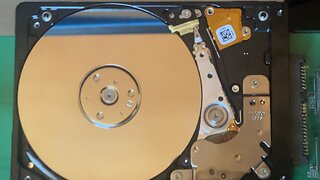 2:22
2:22
ZX Spectrum Retro Gaming
8 months agoGaming Head Crashes in Seagate 2TB Mobile Hard Drives
2871 -
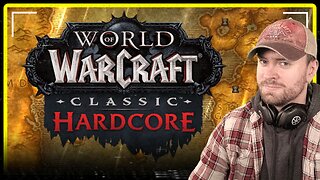 LIVE
LIVE
MattMorseTV
3 hours ago $6.02 earned🔴Gaming Sunday🔴
6,185 watching -
 24:24
24:24
Jasmin Laine
5 hours ago“Their BIGGEST Mistake Yet”—U.S. Officials TORCH Carney in Brutal Report
13K18 -
 LIVE
LIVE
Rallied
2 hours ago $1.28 earnedWARZONE SOLO CHALLENGES ALL DAY
502 watching -
 LIVE
LIVE
Joker Effect
1 hour agoSoo @MrBeast charity, is it legit? XenaTheWitch got attested? Lets talk about it! HOW TO GO VIRAL.
439 watching -
 27:01
27:01
TheRoyaltyAutoService
8 hours ago $1.13 earnedAnother Shop Replaced The Timing Belt & Fuel Injectors On This Honda Pilot… Now It Has No Power!
14.2K3 -
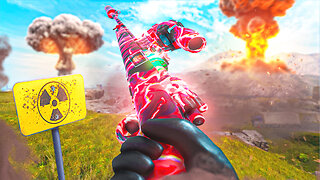
GritsGG
10 hours agoRanked Crim 2! Most Wins 3390+ 🧠
48.4K -
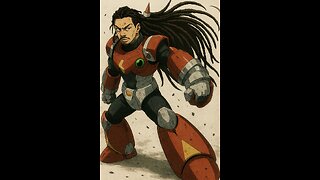 LIVE
LIVE
IsaiahLCarter
23 hours ago $1.18 earnedJonah O. Wheeler: In Defense of Reality || APOSTATE RADIO #026
201 watching -
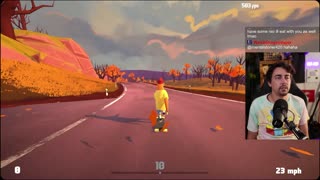 LIVE
LIVE
Cewpins
4 hours agoSmoke Sesh🔥Gaming???💨420🍃!MJ !giveaway
68 watching -
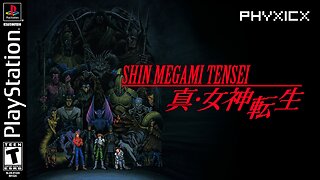 LIVE
LIVE
Phyxicx
3 hours agoShin Megami Tensei - Part 5 - 8/13/2025 | Chaos Route | Expert Difficulty
84 watching